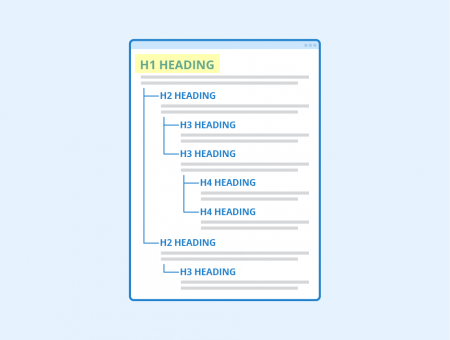Five Top Website SEO Priorities
When it comes to website search engine optimization (SEO), all companies are not on the same page for even the most basic practices to ensure the highest page ranking possible on Google and other leading search engines.
Here are five top SEO issues that continue to persist in late 2023 — and tips to fix them
Check against this list to ensure your website is optimized for SEO at a foundational level:
Issue #1: Website is not secure
This is due to a missing or expired SSL certificate. Privacy is super important to visitors as well as search engines, and you will get majorly dinged for this issue.
How to fix it:
The easiest option: transfer your site to a new platform that comes with an SSL certificate.
The more time consuming but potentially cheaper option: Employ a webmaster to guide you through purchasing and installing a new SSL certificate.
Issue #2: Website loads too slowly
Your entire page should load within 5 seconds. In the above real-world example that we recently found, the blue bar shows the load progress after 8 seconds.
How to fix it:
If the next issue (images not optimized for the web) is not the problem, run a speed test at speedtest.net. If you get a poor result, check with your website host to:
see if they can upgrade your speed under your existing plan, so you don't pay more for web hosting; or if not,
ask about upgrading your plan to a faster-speed plan.
Issue #3: Images not optimized for the web
This leads to the previous issue: slow page loads.
How to fix it:
The fastest way to find image or other files that are too big is to view your assets in a folder (for your live site) and sort by file size; if you use a hosting + site editing platform, they can help you with this. No jpg or png images should be larger than 1 MB.
If this is not possible, then you may need to go page by page and right-click to download any images that are slow to load; for these images, you'll need to optimize each one for the web (Photoshop, Photopea, and other apps have this function) and then save the new file in the old one's place on your live site.
Issue #4: Clickable elements too close together
Google has notified website owners of this issue aggressively in recent years.
How to fix it:
Google or another major website/search authority will tell you which pages on your site have this issue. You'll need to open each affected page in your website management platform (Squarespace, WordPress, etc.) and adjust the elements cited, and then click from the email you received to confirm that you implemented a fix. Google at al will then check and respond if the issue is fixed or needs more work. If you employ a webmaster, he or she can handle this for you.
Issue #5: No H1 tags
You need these to tell search engines what's most important for your visitors.
How to fix it:
Sitechecker.pro has a free Chrome extension that you can check each of your pages with for this issue; you can also use tools like SEMRush and Moz. Since the homepage gets most of the traffic on business websites, check this page first using a free tool or a Chrome or other browser extension, or the basic (free trial) tier of a paid tool. Paid tools like SEMRush and Moz let you check for this issue on all site pages. Once the pages with this issue are identified, edit the tags on each page, or ask your webmaster to do this.
More SEO resources
I offer a FREE technical SEO appraisal of your website homepage. Sign up for it here.
Several of the issue resolutions above mention working with a webmaster. If you don’t employ this role in your organization, contact me for recommendations of folks I know who are highly skilled in this function.
Search Engine Land has been a top source for SEO as well as SEM (search engine marketing) news and trends since 2006. You can sign up for their free newsletter here.







